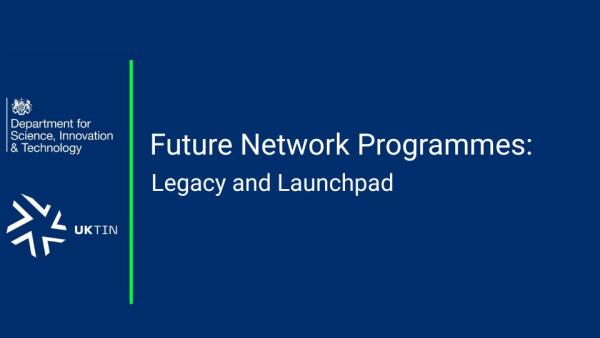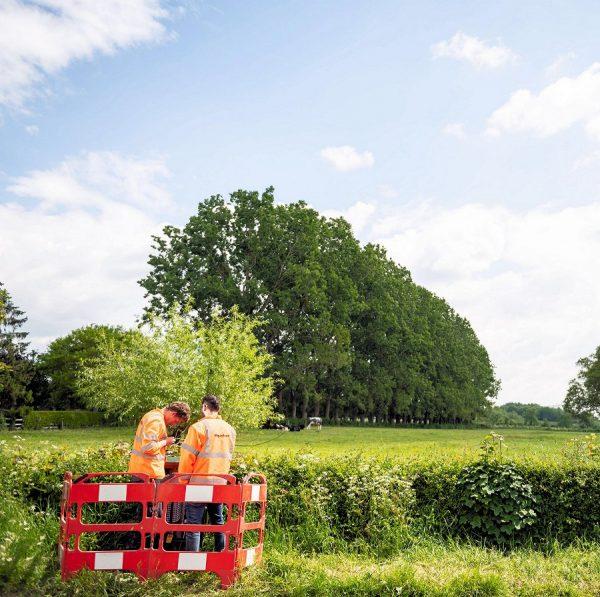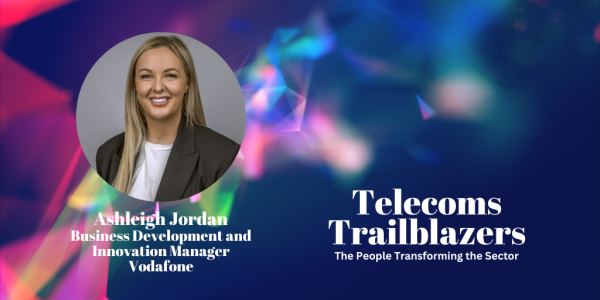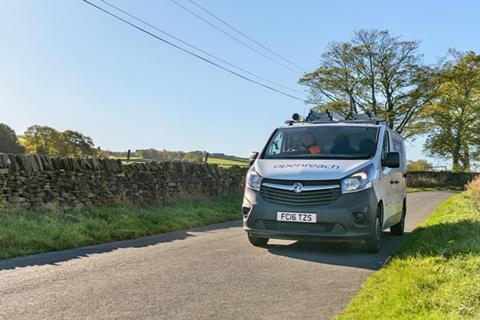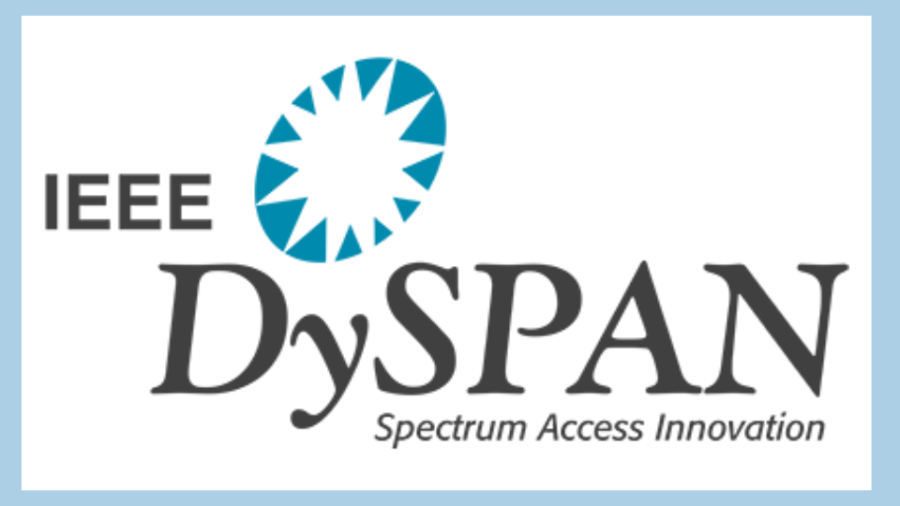
DySPAN 2025, the premier international conference on spectrum innovation, was held in London from May 12th to 16th at King’s College London. The event focused on advancing spectrum innovation to meet the growing demands for wireless capacity across diverse applications; DSIT, Ofcom, UK Spectrum Policy Forum, Digital Catapult, and international collaborators supported it.
The week-long showcase highlighted the significance of spectrum while addressing key issues such as spectrum management, access, sharing, coexistence, and utilisation in current and emerging wireless technologies.
The UK was selected to internationalise the event: this is the first time the event has been held outside the US since Covid-19. “The UK has an innovation-friendly environment around spectrum and wireless systems. We are at the centre of world-leading research, and many academics, countrywide, are on the organising committee. The UK is a gateway for doing business with other countries, and Ofcom is a well-respected regulator globally,” Simon Saunders, the event’s General Chair, said.
He continued: “DySPAN had a very successful event earlier this year in Washington, DC. There was an impressive amount of collaboration between researchers, industry and government. But while we had international representation, we wanted to ensure 2025’s event was a truly international affair. The organising committee and I discussed options and decided that London was the place to take the event global.”
Spotlight
DIST’s Regulatory Spectrum Sandoxes
Laura Mejuto, Head of Spectrum Innovation Policy at DSIT, discussed the UK government-funded £5 million spectrum 12-month projects. She explained that three representatives were chosen to explore increased spectrum sharing by mainstream radio devices and improvements to shared spectrum management.
The projects highlighted the importance of close coordination, overlapping consortia objectives and balancing technical solutions with applicability and project timelines, and have contributed to HMG’s mission of stimulating economic growth and alleviating regulatory burdens by shaping better policies.
The three sandboxes were led by:
- Real Wireless
- Queen Mary University of London
- Durham University
Office of Communications (Ofcom)
Anas Al Rawl, a Principal Technology Advisor with Ofcom's Networks and Communications Group, presented Ofcom as a regulator for the communication services we use and rely on daily. “We have a statutory and legal duty to further the interests of citizens and consumers by promoting competition, encouraging investment, innovation and growth in the relevant markets,” he said. Rawl continued: “Making communications work for everyone is our mission”.
Ofcom’s priorities for 2025-2028:
- Internet and post we can rely on - ensuring fast, reliable and affordable connections and services for everyone, everywhere
- Enabling wireless services in the wider economy - ensuring efficient use of spectrum and supporting growth across the economy
- Media we trust and value - supporting a wide range of media to deliver high-quality content, and protecting audiences while making sure freedom of expression is safeguarded
- We live a safer life online, implementing the new online safety regime so that platforms are safer for their users
The HASC Collaboration
Prof. Dominic O’Brien, University of Oxford, introduced HASC as a collaborative endeavour between fourteen universities. The hub takes an overarching view of wired and wireless spectrum communications, considering how they can be deployed to deliver benefits such as improved performance and reduced energy consumption.
The hub is focused on four core challenges:
- Modelling: to create a holistic picture of connectivity
- Connectivity: exploring how we can use the testbeds we have to demonstrate novel methods of connectivity
- Adaptivity: examining how we best use fibre and wireless together
- Security: with a particular focus on post-quantum techniques
Open Ireland
Dr Marco Ruffini, Associate Professor in Optical Network Architectures in the School of Computer Science and Statistics at Trinity, spoke about the €2 million research infrastructure project to support advanced experimentation in communications networks. Launched by CONNECT, the project includes a dedicated fibre connection between Trinity College Dublin and DCU’s Glasnevin campus, and a dark fibre integration from Galway to Cor.
Funded primarily under the SFI Research Infrastructure Programme, additional contributions are expected from companies collaborating with academic researchers to explore new applications and services.
HQ in the Trinity College Dublin campus
Reconfigurable and Lego-like topology reconfiguration with the following blocks:
Metro area network, 1,700km fibre, SDN devices, 600G per channel
5G-ORAN (outdoor and indoor); OpenSource 5g (OAI and SRS)
Edge cloud, L2 switching, P4 programmability
SpectrumX
Dr Nick Laneman, the Director of SpectrumX, described the initiative as an “innovation centre”. Launched in September 2021, the centre is funded by the University of Notre Dame and consists of 30 member institutions, 20 collaborating organisations, eight working groups, 66 researchers and staff, 87 students, and 14 external advisors.
The centre has four central engagement activities:
- Developing and evolving strategic plans through Working Group engagement with key researchers and stakeholders across the spectrum ecosystem
- Raising the visibility, participation, and objectiveness of spectrum coordination and regulatory processes amongst key stakeholders
- Promoting public awareness, student engagement, and researcher advancement through all centre activities
- Building partnerships that facilitate collaboration and promote knowledge transfer

